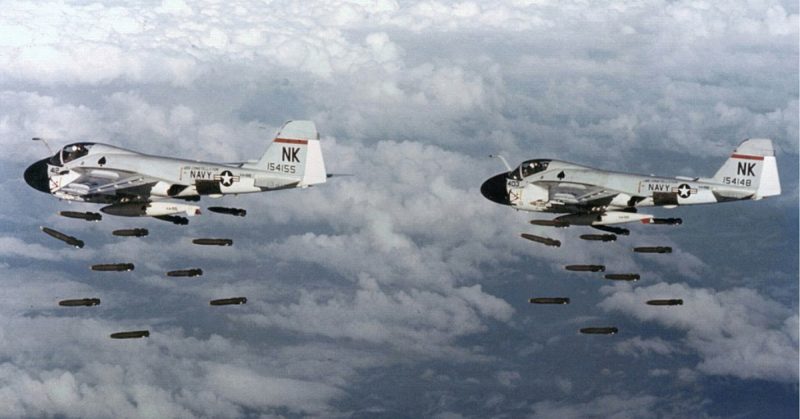Even though the Vietnam War, which raged from November 1955 to April 1975, is often looked upon mainly as a helicopter and bomber war due to the sheer variety and number of those aircraft operating in it, it is equally important to focus on interceptor fighters, multi-role fighters, and fighter-bombers to understand the best fighter aircraft of the Vietnam War.
At first the U.S. served mainly in a consultant role in the war, limiting itself to logistical and search and rescue missions, but then on 2 August 1964 the U.S. Navy destroyer Maddox was attacked by North Vietnamese gunboats while patrolling in the Gulf of Tonkin.
Soon after, other ships were also attacked in the same gulf, which enraged President Lyndon B. Johnson and prompted the U.S. Congress to pass the Gulf of Tonkin Resolution, allowing the Americans to go to war without issuing a formal war declaration.
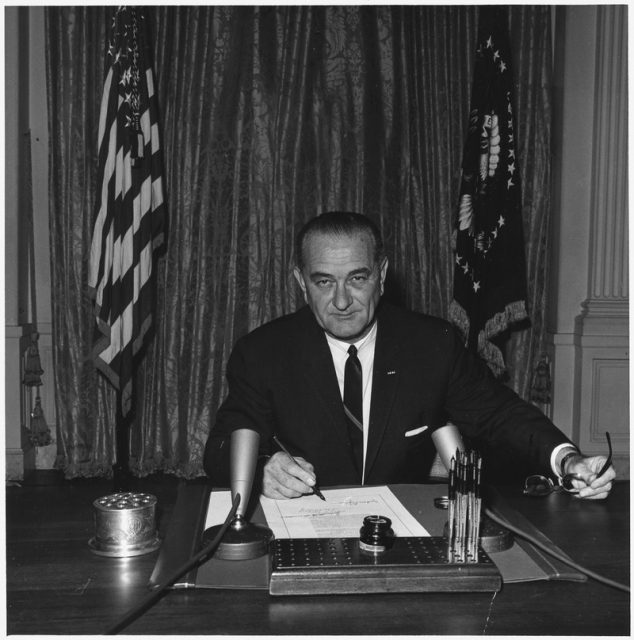
Vietnam became a proving ground for both new aircraft and new tactics. From the start until the end of the war, the battlefield kept bearing witness to several situational changes, forcing the U.S. to change its tactics as its preferred aircraft sought to achieve tactical superiority.
When the U.S. “Operation Rolling Thunder” was launched in 1965, the American goal was to halt the spread of Communist forces while avoiding a direct land war, saving American lives. Instead, the operation became the longest strategic bombing campaign in history, pulling the U.S. deeper and deeper into the war.
During this stage, F-100 Super Sabres, the first U.S. supersonic fighters, were tasked with ground attack missions on North Vietnam with increasing frequency. But because the U.S. Air Force was mainly focused on strategic bombing, more often than not the Super Sabres flew without an escorting air flight while loaded to their fullest capacity with bombs.
That made them easy pickings for both enemy MiG aircraft and surface-to-air missiles. The F-100 was not a nimble aircraft, but it certainly was a versatile one, and it flew more missions than any other aircraft during the Vietnam War–which is why it is well worth mentioning.
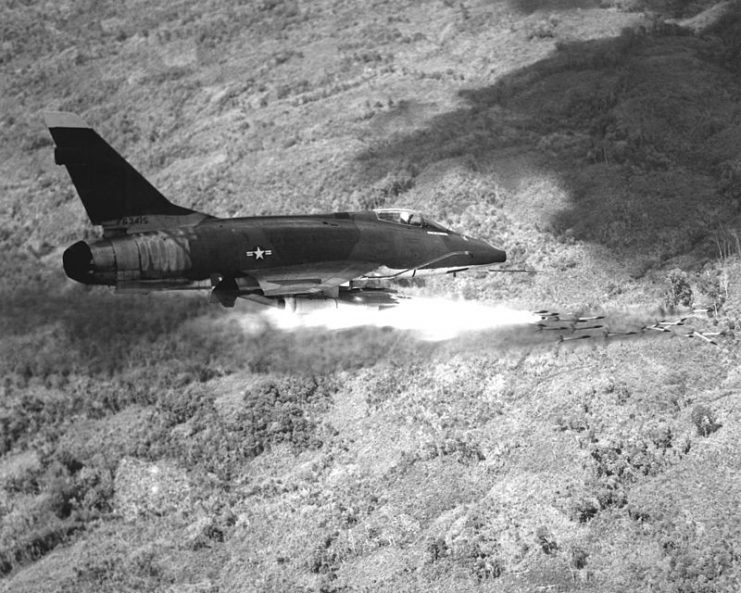
F-100 losses were high, resulting in a relic from the past earning its place in the war: the Douglas A-1D Skyraider, a propeller driven WWII-era plane which couldn’t exceed 321 mph on a level flight, but was very rugged and adaptable to any weather and tactical condition. It could also carry an impressive weight of bombs for the time. Skyraiders delivered slow, accurate, close air support that no jet could provide, and instead of trying to outrun the North Vietnamese MiG-17s and MiG-21s, they stayed low, almost hugging the ground, and then tried to out-turn them.
Since jet planes have a much wider turn ratio, the Skyraiders often landed a few shots in the back, fending them off. There are at least two registered events of a Skyraider destroying a MiG-17. The Skyraider earned a place in a league of its own as one of the best fighter-bombers.
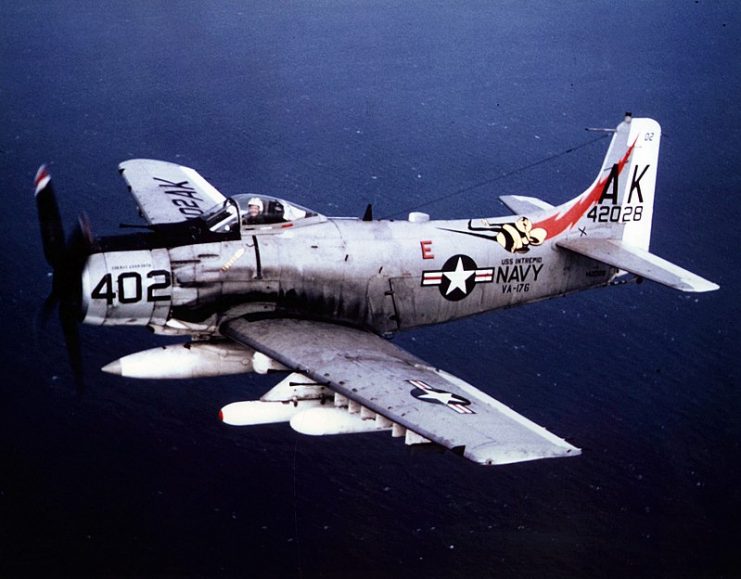
In the role of tactical bomber, the Republic F-105 Thunderchief was greatly superior to the Super Sabre–in fact it was the best fighter-bomber. It could carry a heavier bomb load and had more range and speed. Unlike the F-100, it was designed to shine at low altitudes and handle extreme structural loads. The F-105 was quite capable of holding its own against MiGs when carrying a minimum payload.
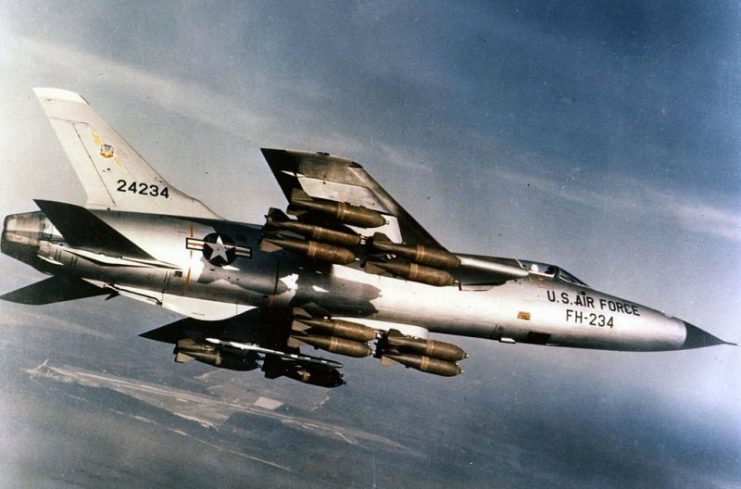
Which was the best interceptor fighter of the Vietnam War? First, let’s make an honorable mention: the Vought F-8 Crusader, a carrier-based fighter which was nicknamed “The last gunfighter” thanks to its four Colt Mk. 12 cannons. Its variable incidence wings and good maneuverability ensured that it could hold its own in a dogfight.
It was better than every other pure interceptor the U.S. Navy had at the time, and almost as good as the Russian-made MiG-21 the North Vietnamese were flying, but not quite, because it was bulkier and had a longer turn radius than the MiG-21 at higher altitudes.
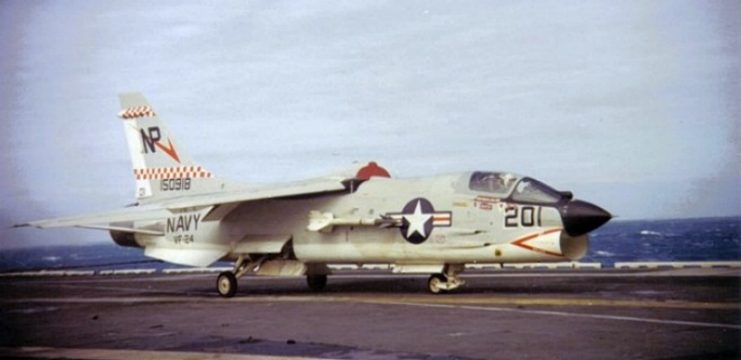
The best pure interceptor of the war was the MiG-21. In 1966 alone, the U.S. lost 47 Phantoms in combat, while the North Vietnamese only lost 12 MiGs. Back then, the MiG-21 was nimbler and deadlier than anything the Americans had in the sky.
It could accelerate to twice the speed of sound–a staggering 1,386 mph–and since its introduction to the theater, it dominated American aircraft, only relinquishing that dominance after U.S. pilots had been trained specifically to counter their hit and run tactics without entering a lengthy dogfight.
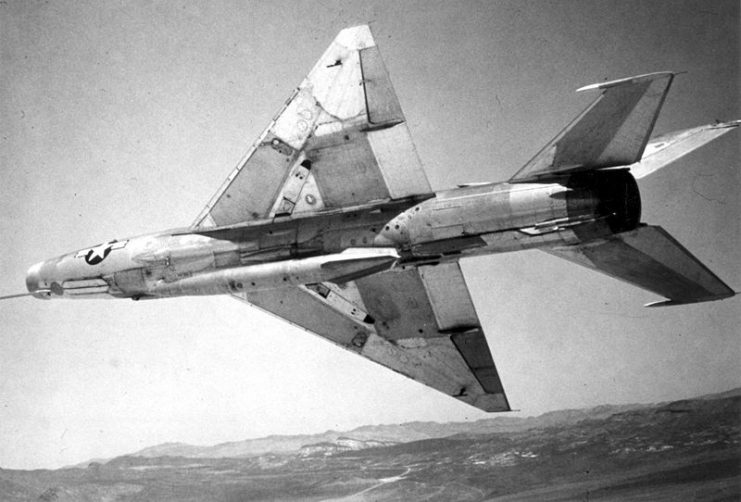
Moving on to the multirole fighters, the podium for best aircraft goes to the McDonnell Douglas F4 Phantom II, the most easily recognizable U.S. plane during the Vietnam War, and considered one of the most successful multi-mission designs ever.
The Phantom was a bulky supersonic aircraft, with two massive J79 engines, and it was originally conceived to intercept high speed, high altitude Soviet bombers–thus this heavy plane could propel itself to twice the speed of sound (1,473 mph) with great acceleration.
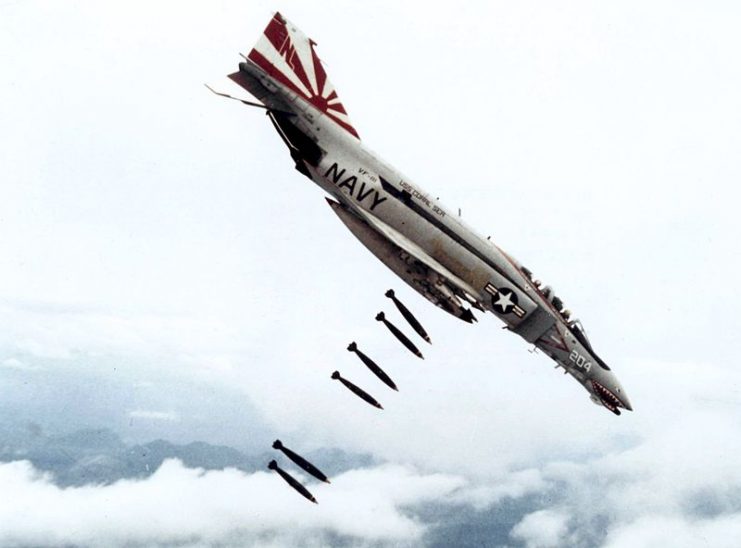
The early versions didn’t have any guns because they were not designed to dogfight, but in Vietnam they clashed frequently with the MiG-21 Fishbeds, which weighed half as much and could achieve a higher angular velocity.
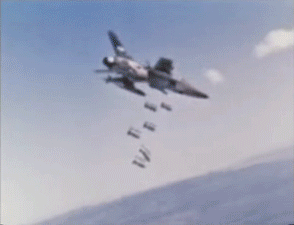
This, and the fact that the missiles the Phantoms used early in the war were not very maneuverable because they were designed to shoot down bombers, not fighters, led many pilots to add gun pods to their planes just to be able to dogfight their counterparts.
The Phantom’s engines also let loose a trail of black smoke every time they were pushed to afterburner, so MiG-21 pilots had no trouble spotting the bulky airframe in the sky at any distance.
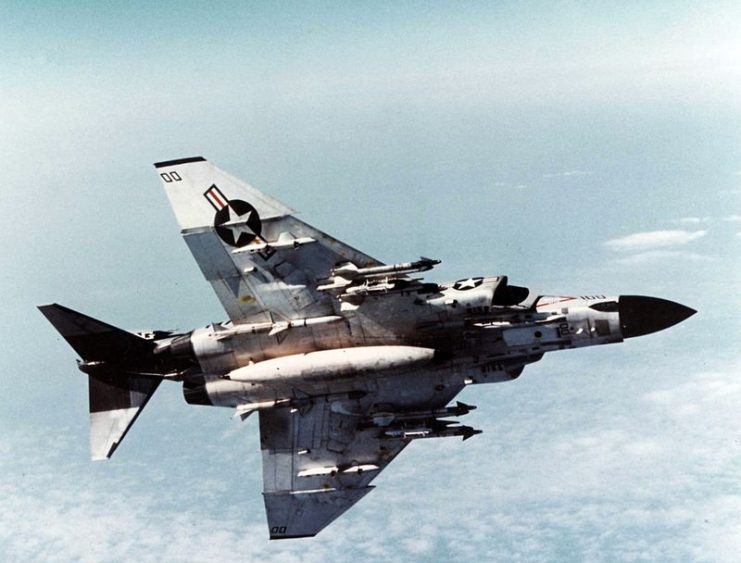
The Phantom made up for those flaws, however, with its massive payload, which included up two 8 air-to-air missiles and a wide array of bombs. In contrast, the MiG-21 carried only two missiles. Of all the missile types the Phantom carried, the Infrared guided AIM-9 Sidewinder was the only one effective at shorter ranges, and since the MiG-21’s could usually shake the missile lock or out-turn a sidewinder at point blank range, the necessity for cannons was so evident that pilots made daily requests for them.
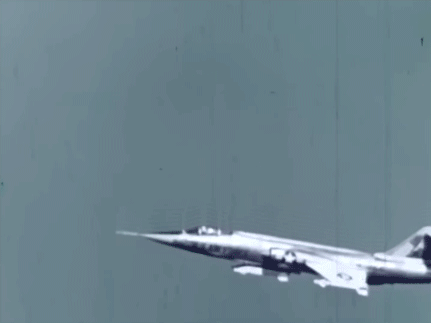
The pinnacle of Phantom II development during the Vietnam War came with the F-4E, which had a greatly improved radar, better engines, and an internal M61 20mm Vulcan rotary cannon, which could shoot up to 6,000 rounds per minute of anti-air high explosive ammo.
It had better turn rates at lower speeds than all of its predecessors and which were almost as good as those of the MiG-21, even while loaded. This was a truly welcome variant and, hands down, it was the best all-around fighter of the war.
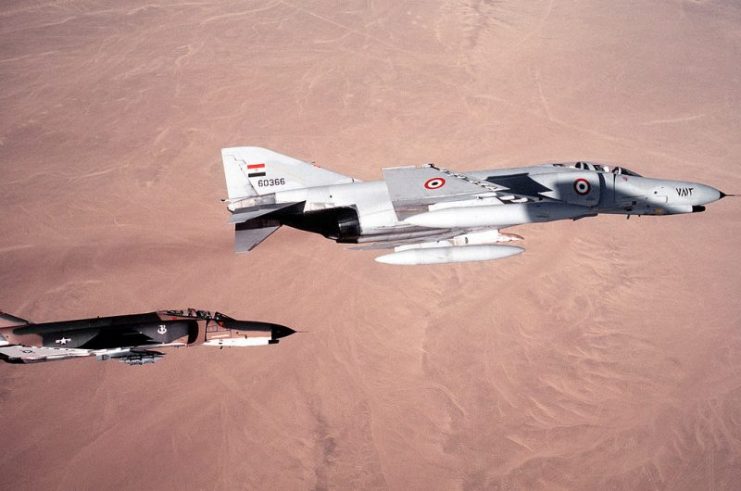
In the late stages of the war, Phantom air flights made better use of flight formation spacing, and since American pilots now had numbers on their side, almost no flight went unescorted. They also used those sheer numbers to hunt the MiG-21s more effectively, raising their kill ratio even higher without taking as many risks as before.
In 1974, the final stretch of the Vietnam War, experienced MiG pilots were in short supply so the kill ratio difference increased even more in favor for the Americans. This made the MiG-21’s performance appear much worse in the kill boards, while in reality it was a very close match when dog fighting one on one with the Phantoms.
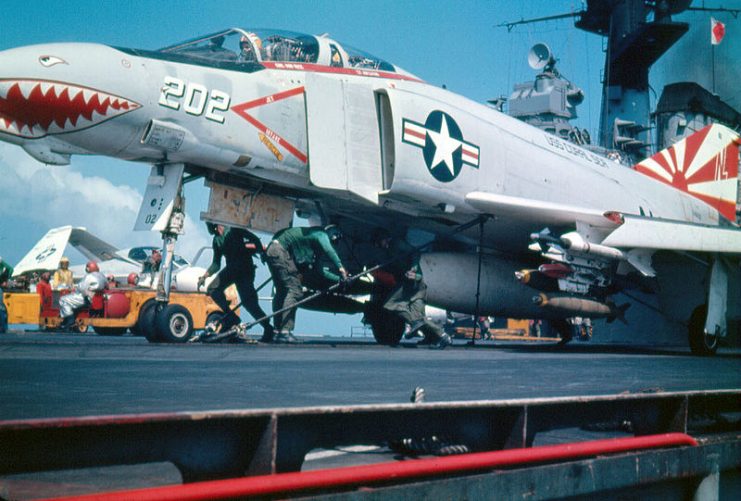
Read another story from us: The ‘Huey’ – Legendary Workhorse of Vietnam War in 30 Pictures
After the Vietnam War, both the MiG-21 and the F-4 Phantom II continued to be exported to several other air forces in the world. They even met each other again during the Yom Kippur War in 1973, which pitted a coalition of Arab countries, led by Syria and Egypt, against Israel.
Nowadays, several developing countries still have operational MiG-21 and F-4 Phantom II in their air forces so nobody knows when these two old adversaries will truly retire.
